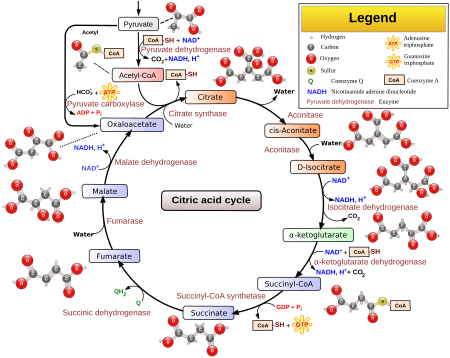Part no. 1 will be concerned with vocabulary and define all the appropriate terms needing to understand Mendelian genetics. Part no. 2 will show examples and explain how to set up and solve problems.
Vocabulary
1. Gene - A gene is a sequence of DNA, which is made up of nitrogenous bases (Adenosine, Thymine, Cytosine, and Guanine or A, T, C, and G). This sequence codes for what ultimately will become a protein in the cell. We know that proteins have many jobs throughout the cell, so these genes code for functional proteins, or proteins that have specific roles in the cell.
2. Allele - This term can be confusing to the novice trying to learn genetics. An allele is simply, an alternative version of a gene. For instance, if a gene codes for hair color in an organism, then there might be alleles for brown hair, blonde hair, etc. Alleles are determined by the genotype, which will be defined below.
3. Dominant - Dominant traits are those which mask a recessive trait. In genetic notation, we use letters to denote whether an allele is dominant or recessive and the dominant allele will be represented by a capital letter in the genotype. An example might be Aa or Bb with the dominant allele in bold and the recessive allele not.
In an example of the effects of a dominant trait masking a recessive one, the allele for brown eyes (B) masks the allele for blue eyes (b). So, using the letter B for our gene, our genotype of Bb would result in someone with brown eyes, even though the allele for blue eyes is present. This is an example of True Dominance. We will go into further detail regarding this subject matter.
4. Recessive - Recessive traits, as mentioned above, are masked by dominant traits. They will not be expressed if a dominant allele is present. However, the exception is if there are 2 recessive alleles inherited, such as aa or bb. In this instance, the recessive phenotype (physical trait expressed by genes) would be expressed.
5. Genotype - This is the allelic combination for a particular gene. As previously noted, genotypes are made up of alleles, which are simply alternative version of genes. So for a gene concerning eye color, we might have an allele for blue eyes (b) or brown eyes (B). In this event, our genotypes might be BB, Bb, or bb.
The first genotype (BB) would have brown eyes expressed. The second genotype (Bb) would also have brown eyes expressed because brown eyes is dominant to blue eyes, which is represented by a capital letter B. However, the last genotype (bb) would express blue eyes because there are no dominant alleles to mask the blue color. As a result, this person would have blue eyes.
6. Phenotype - The phenotype is simply the physical expression of the genotype, as we described above. If a genotype is BB, then the phenotype will be brown eyes. If the genotype is Bb, the phenotype will be brown eyes, as well. If the genotype is bb, then the phenotype will be bb.
7. Homozygous Dominant - This term refers to the makeup of the genotype and whether the letters in that genotype are all capital. The stem 'homo' means same, 'zygous' refers to having zygotes, and dominant comes to mean the same thing we have been using it for, being that it masks the allele that is recessive (if one is even present). In this case, however, homozygous dominant genotypes will be of the variety AA, BB, or CC. All organisms with this genotype will show the dominant phenotype. This genotype can be referred to as true breeding.
8. Heterozygous Dominant - Just like the Homozygous Dominant genotypes, Heterozygous Dominant genotypes also mask the recessive alleles. In this type of genotype, there is a recessive allele present, but it is masked by the dominant allele. The stem 'hetero' means different, so the genotypes will be in the form of Aa, Bb, or Cc. This type of genotype is also referred to as a hybrid.
9. Homozygous Recessive - This type of genotype will have 2 lowercase letters and will express the recessive phenotype because there is not a dominant allele to mask the recessive alleles. The genotype will be in the variety of aa, bb, or cc. This type of genotype is also known as true breeding because they have the same 2 alleles for the genotype.
10. Punnett Square - This is a box divided into smaller squares that is used to cross (mate) 2 genotypes together, with the goal of determining their possible offspring. Below an image is pictured.
